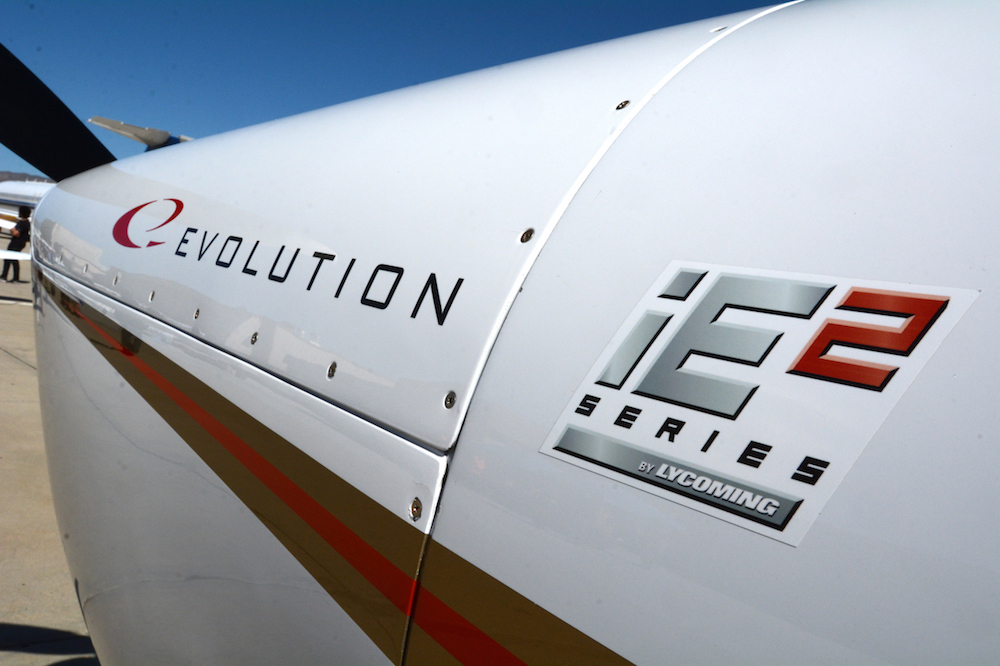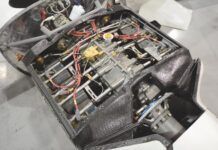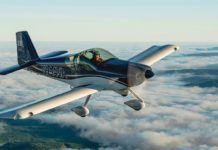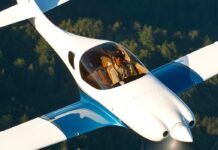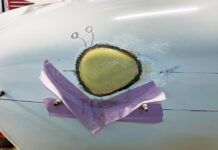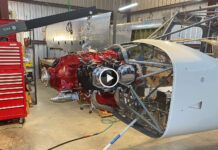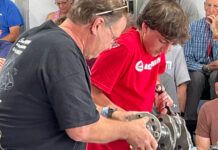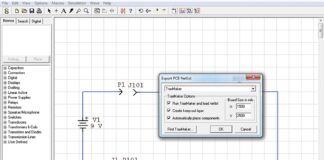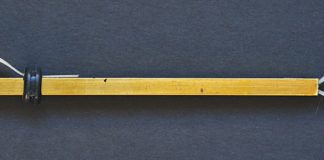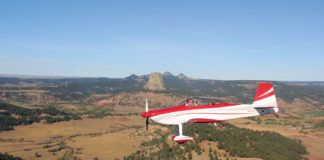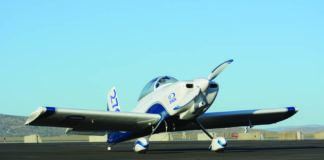In an earlier post from the Mojave Experimental Fly-In we mentioned Kevin Eldredge, Director of Business Development for the Lancair Evolution, was beating the drum concerning the fine combination the Evolution and the computer-controlled Lycoming iE2 540 engine make. But we didn’t have the numbers in that post. Now we do.
To get right to it, here are the speeds and fuel burns at altitude for the iE2 in the Evolution as Eldredge has found them while demonstrating the airplane around the country:
14,500 ft
Knots GPH
220 23
16,500 ft
Knots GPH
225 23
17,500 ft
Knots GPH
206 12
220 17
228 23
Flight Level 190
Knots GPH
217 14
225 16
236 22
Originally designed to fly high and fast with turbine power, the pressurized Evolution seems well-suited to turbo-assisted piston power as well. At 17,500 ft the cabin pressure is a low 2500 ft for non-fatiguing long cross countries, and without the mega-dollar turbine to purchase the piston Evolution comes together far enough under $1 million to purchase a weekend cabin or high dollar sports car with the change left over. Another Evolution advantage is the well-developed kit backed by professional build centers for all the heavy lifting. Typical Evolution builders sign up for pro assistance and concentrate their involvement on multiple 4-day visits to the airplane’s build center; about a year later the big Evo is ready to fly.
We find the Evo/iE2 combination intriguing for two reasons. One, you may have the funds and wouldn’t mind transporting from Santa Monica to Teterboro in nine hours, or like us, the Evo is a bit out of reach but the proof of technology presented by the FADEC 6-cylinder indicates what a more modern Lycoming could do for general aviation.
If nothing else, the single-lever power control frees up that rare commodity, pilot brain cells, plus there are collateral benefits such as fewer fluffed sparkplugs from overly-rich ground running, etc. It’s also clear the Lycoming engine management system is more sophisticated, capable and tuned than the average aftermarket EFI kit. The turbocharger wastegates are computer controlled, for example, something an add-on EFI system isn’t necessarily designed to handle. The wiring connectors and other hardware look a little closer to bomb-proof as well.
Initial cost, of course, remains the immovable boulder in everyman’s path to computerized engine management from the factory, as illustrated by the iE2 being on the market for some years already, but the Evolution being the first real-world application of it.

